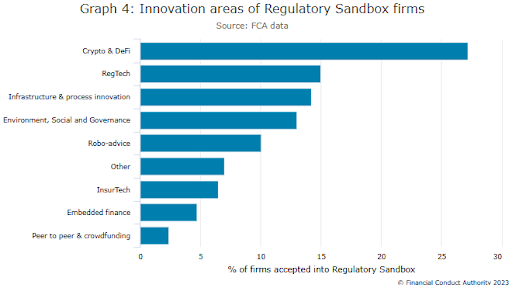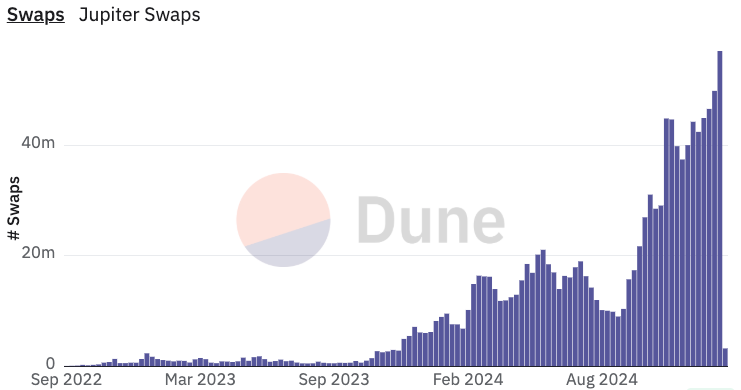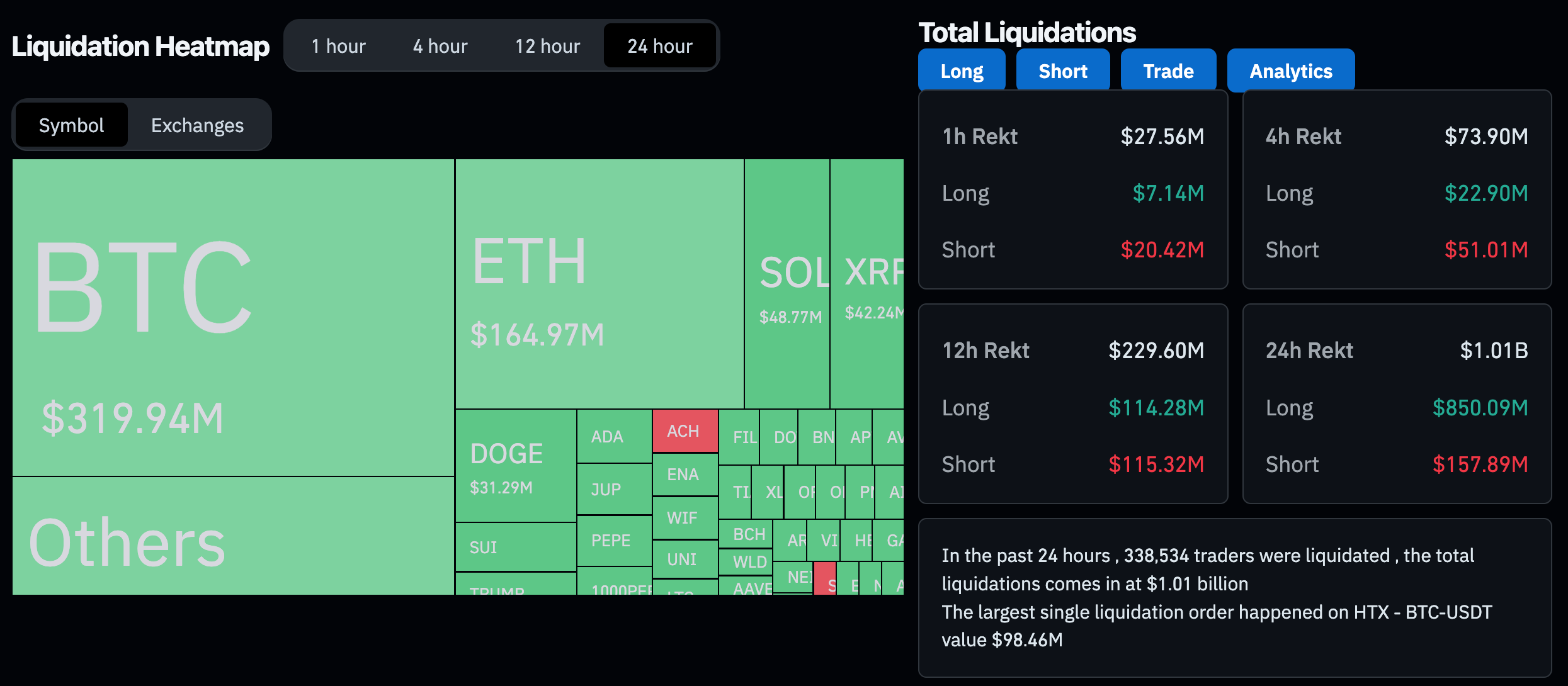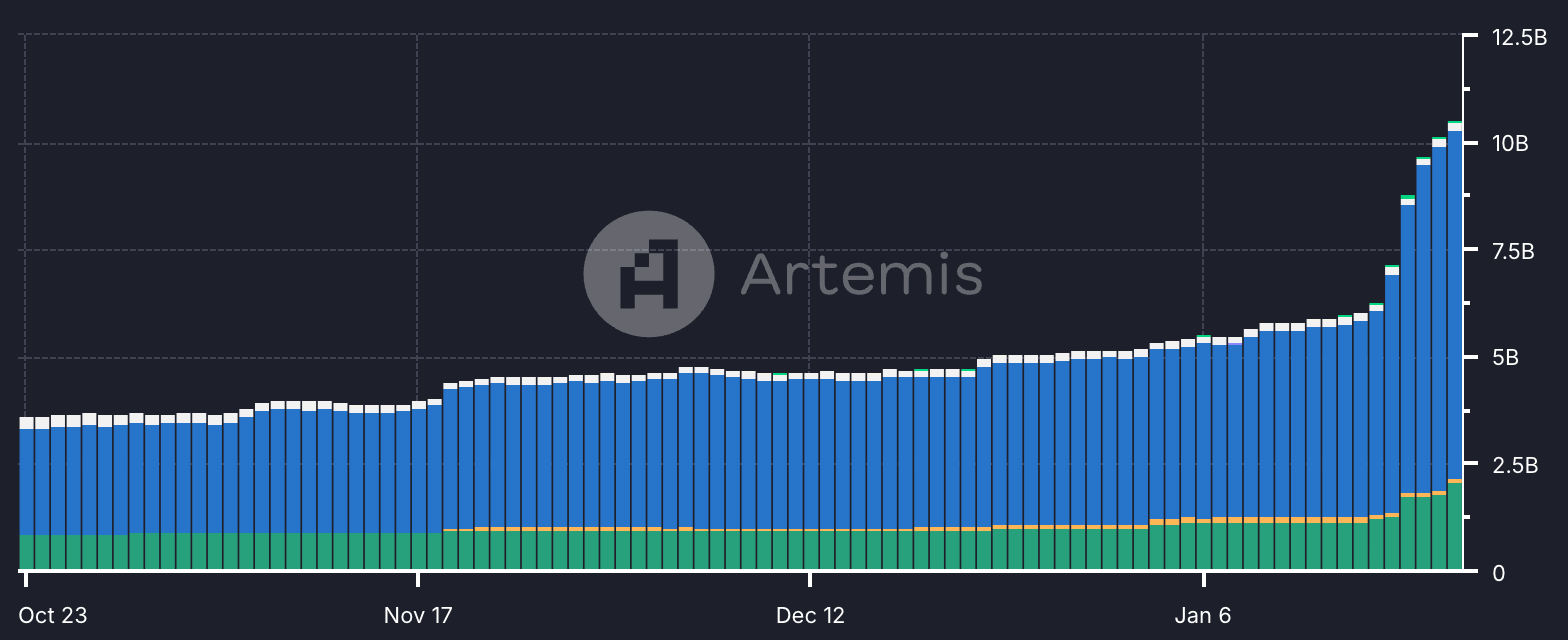Lorien Gabel has spent decades building internet infrastructure companies, from ISPs to cloud security firms. In 2018, recognizing the transformative potential of proof-of-stake networks, he co-founded Figment, which has since become one of the world’s largest independent staking providers, offering technology and services that enable users to stake their tokens without having to use a centralized exchange or custodian.
Today, the company manages $15 billion in assets and serves over 500 institutional clients.
This series is brought to you by Consensus Hong Kong. Come and experience the most influential event in Web3 and Digital Assets, Feb.18-20. Register today and save 15% with the code CoinDesk15.
Here, Gabriel, who will be a speaker at Consensus Hong Kong, discusses Figment’s expansion into Asia, bitcoin staking experiments and his company’s careful process for deciding which new crypto networks to support.
This interview has been condensed and lightly edited for clarity.
What led you to start Figment?
This is the fourth company my co-founders and I have built together over three decades. Our previous ventures were all in internet infrastructure. When we started exploring blockchain in 2018, staking was barely a thing — Tezos had launched, and Ethereum was still only discussing it. But we saw a natural alignment between our expertise in network security, cloud infrastructure and scaling B2B solutions and what proof-of-stake (PoS) could become. If PoS gained traction, we believed our experience in building secure, institutional-grade networks would be invaluable.
We originally planned to start a fund, and now we do have a VC fund. But the fund didn’t come first — the staking infrastructure company did, and then we launched Figment Capital. We basically took a flyer on proof-of-stake, believing it had some advantages over proof-of-work, and we were lucky enough that it actually worked and took off.
How large is Figment now?
We currently manage $15 billion in staking assets and serve 500 institutional clients. While employee count isn’t always a meaningful metric, we have about 130 employees and expect to reach 150 by year-end. Asia is our next big expansion focus. We opened our Singapore office last year, and we’re adding Japan, Hong Kong and other key markets. While North America remains our base, Asia’s demand for staking services is growing rapidly.
What challenges do you see to Asia’s adoption of staking compared to other regions?
First, Asia isn’t one market — it’s a collection of vastly different economies and regulatory landscapes. Japan, Indonesia and Korea, for example, have distinct business cultures, adoption levels and regulatory frameworks. We’ve always been compliance-focused, working only with institutional clients rather than retail users. But in Asia, compliance varies widely by country. Unlike the U.S., where you primarily navigate SEC and CFTC rules, each Asian market has its own regulators and policies.
Also, Western companies often fail when expanding into Asia by not understanding local hiring, scaling strategies or customer behavior. I was born in Kuala Lumpur, and I’ve seen North American firms overinvest too quickly or misread market needs. That’s why we started small in Singapore with three people, so we could learn before scaling.
Education is another challenge. In many Asian markets, staking is not well-defined and is sometimes misconstrued as DeFi lending. We spend a lot of time at conferences, client meetings and media interviews explaining what staking is and why institutions should consider it over riskier yield-generating alternatives.
What has been the biggest challenge in scaling your business, and how did you overcome it?
The hardest part of any startup is the “zero to one” phase — figuring out whether an idea will work, what customers need and how the business model will evolve.
Early on, we ran multiple experiments — we had a remote procedure call (RPC) infrastructure business, a developer knowledge portal and different revenue streams. But once we found a strong product-market fit in staking, we shut down the rest and focused entirely on scaling one core offering.
The second major challenge is crypto’s volatility. Our business operates like a mix between a data center company, a fund and a software business, but with variable pricing in dozens of volatile digital assets. That complicates planning. I joke that my unofficial title is “Chief Stoic” — I don’t get too euphoric when markets are booming, and I don’t panic when things go south. Whether it’s FTX’s collapse or bitcoin hitting $100,000, we focus on long-term execution.
Are you seeing increased institutional interest in staking in Asia?
Yes, institutional adoption is accelerating, particularly from banks and telecoms. We’ve had institutional equity investors from Asia for a while — big names like Monex and B Capital—but over the last year, we’ve seen more traditional financial institutions actively entering staking. Each market has its own dominant exchanges and custodians, and we often partner with them rather than dealing with end users. As more banks explore staking, we expect adoption to snowball — similar to how institutions in the U.S. started cautiously investing in staking before scaling operations.
How do you decide which tokens to support for staking? Do Asian markets influence this?
We have an evaluation framework that we’ve refined over the past six years. Since we can only support a limited number of new tokens each year, we have to be selective — last year, we added support for 12 or 13, which is quite a lot given the complexity of each integration. Right now, we’re supporting around 40 networks, but every new addition requires careful analysis.
The process starts with the basics: is this a real project or a scam? Does it have a strong thesis and a team capable of executing it? In many ways, it mirrors a VC framework. From there, we dig deeper, speaking with the foundation and founders, assessing the level of custody support available — since that’s crucial for institutional adoption — and evaluating the broader ecosystem.
At some point, though, when you have 20 strong candidates but can only support 10, you have to make a bet. Sometimes we get it right, sometimes we don’t. Over the years, we’ve seen enough network launches to develop a strong intuition about what works and what doesn’t. We try to offer guidance to projects where we can, though ultimately, it’s up to them whether they take our input.
Customer demand is another factor in our decision-making, and the Asian market is an important part of this. Occasionally, a major institutional client will request support for a project we might not have otherwise considered — or even heard of — so we conduct an expedited evaluation. In some cases, we’ve had to tell clients no, either because we don’t see the project as legitimate or we suspect it might be a scam. Those are tough conversations, but they’re necessary. Ultimately, we also look at how many of our clients are likely to hold or stake a given token, which plays into our final decision.
With many Asian investors seeking high-yield opportunities, how does Figment ensure competitive returns while staying secure and reliable?
Staking is not the highest-yield activity in crypto, but it’s the safest way to earn yield without counterparty risk. We focus on providing the highest risk-adjusted staking rewards. While some providers chase higher returns by cutting corners (e.g., ignoring OFAC compliance or MEV risks), our clients — mainly institutions — prioritize security and compliance.
In crypto, staking is the equivalent of a 10-year Treasury bond — it’s the stable, reliable option compared to high-risk DeFi strategies. Some investors prefer liquidity pooling or lending for higher yields, but institutions typically choose staking for its security.
Are there any staking-related trends or innovations in Asia that excite you?
Some of the most exciting trends in staking right now include liquid staking and re-staking, with EigenLayer leading the charge globally in these areas and having a strong presence in Asia. Bitcoin staking is another area of interest, with projects like Babylon exploring its potential, though demand remains uncertain. Additionally, we’re seeing new chains with significant Asian influence, such as BeraChain, which is rapidly growing its user base in the region. We’re actively supporting BTC staking while closely monitoring new staking models emerging from Asia.
source
https://www.coindesk.com/consensus-hong-kong-2025-coverage/2025/01/28/figment-ceo-lorien-gabriel-s-big-bet-on-staking-has-paid-off




